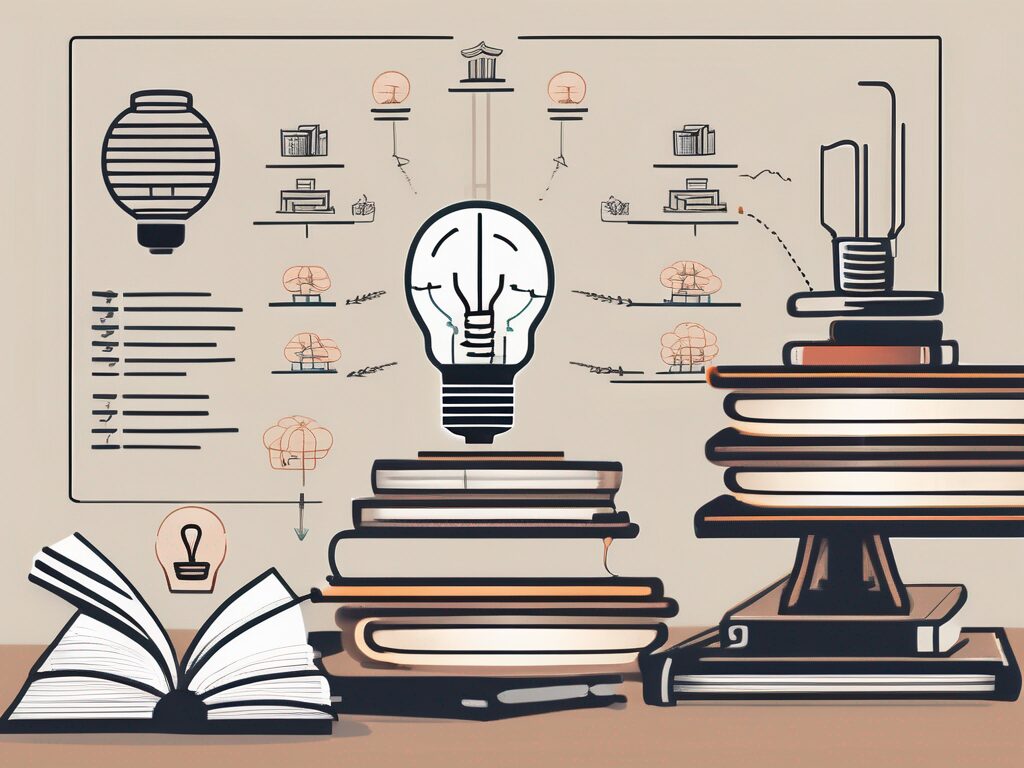In the vast and diverse landscape of China, the education system is a complex entity with its own unique set of challenges and opportunities. From the bustling metropolises to the rural heartlands, the quest for quality education is a universal pursuit. However, the journey is not without its hurdles. This piece delves into the issues faced in teaching and learning in China and offers four strategic solutions to navigate these challenges.
The Challenges in China’s Education System
Before we delve into the strategies, it’s crucial to understand the challenges that the Chinese education system faces. These issues range from the pressure of high-stakes exams to the disparity in educational resources between urban and rural areas.
Firstly, the emphasis on rote learning and high-stakes exams, such as the Gaokao, often stifles creativity and critical thinking. This exam-oriented culture can lead to a narrow focus on academic achievement at the expense of holistic development.
Secondly, there’s a significant disparity in the quality of education between urban and rural areas. While cities like Beijing and Shanghai boast world-class schools, rural areas often grapple with a lack of resources and qualified teachers. This urban-rural divide exacerbates social inequality and hampers the country’s progress towards inclusive education.
Four Strategies to Overcome These Challenges
Now that we’ve highlighted the issues, let’s explore four strategies that could help address these challenges and foster a more balanced and inclusive education system in China.
1. Shifting Away from Exam-Oriented Education
One of the first steps towards reforming China’s education system is to shift away from an exam-oriented culture. This could be achieved by reducing the emphasis on high-stakes exams and promoting alternative forms of assessment. For instance, project-based assessments could be used to evaluate students’ understanding and application of knowledge, rather than their ability to memorise facts.
Such a shift would not only alleviate the pressure on students but also foster creativity and critical thinking – skills that are crucial in the 21st century. It’s akin to swapping a narrow, one-way street for a broad, multi-lane highway, offering students multiple pathways to success.
2. Investing in Teacher Training
Quality education is largely dependent on the quality of teaching. Therefore, investing in teacher training is a crucial strategy to improve the education system. This could involve providing professional development opportunities for teachers, especially those in rural areas, to enhance their teaching skills and knowledge.
Moreover, teacher training could also focus on pedagogical strategies that promote active learning and critical thinking, rather than rote memorisation. It’s like upgrading the software on a computer – with the latest updates, the system runs more efficiently and effectively.
3. Bridging the Urban-Rural Divide
To address the disparity in educational resources between urban and rural areas, concerted efforts must be made to bridge this divide. This could involve increasing investment in rural schools, improving infrastructure, and providing access to quality teaching resources.
Furthermore, leveraging technology could also play a key role in bridging this gap. For instance, online learning platforms could provide rural students with access to high-quality educational content and resources, similar to how streaming services have made films and TV shows accessible to viewers worldwide.
4. Promoting Inclusive Education
Lastly, promoting inclusive education is a key strategy to ensure that all students, regardless of their socio-economic background, have equal opportunities to learn and succeed. This could involve implementing policies that ensure equal access to education and providing support for disadvantaged students.
Just as a garden thrives with a diversity of plants, an inclusive education system can foster a vibrant and diverse learning community, where every student has the opportunity to bloom.
Conclusion
Addressing the challenges in China’s education system is no small feat. However, with strategic solutions such as shifting away from exam-oriented education, investing in teacher training, bridging the urban-rural divide, and promoting inclusive education, it’s possible to navigate these hurdles and foster a more balanced and effective education system.
Just like navigating a complex maze, it requires careful planning, strategic thinking, and a commitment to continuous improvement. But with these strategies in place, the journey towards quality education in China can become a journey of progress, growth, and success.
Take the Next Step in Your Teaching Career with IPGCE
As we explore strategies to overcome the challenges in China’s education system, it’s clear that professional development is key. If you’re an educator looking to enhance your qualifications, increase your chances for career advancement, and connect with a global network of professionals, the International Postgraduate Certificate in Education (iPGCE) is your gateway. With a 50% increase in interview callbacks and a 45% boost in promotion rates, the iPGCE is not just a qualification—it’s a career accelerator. Embrace the opportunity to deepen your understanding of global education systems and join a community that mitigates professional isolation. Don’t let inadequate credentials or limited advancement opportunities hold you back. Join the UK’s #1 Teacher Training Course today and transform your teaching journey into a story of success.

